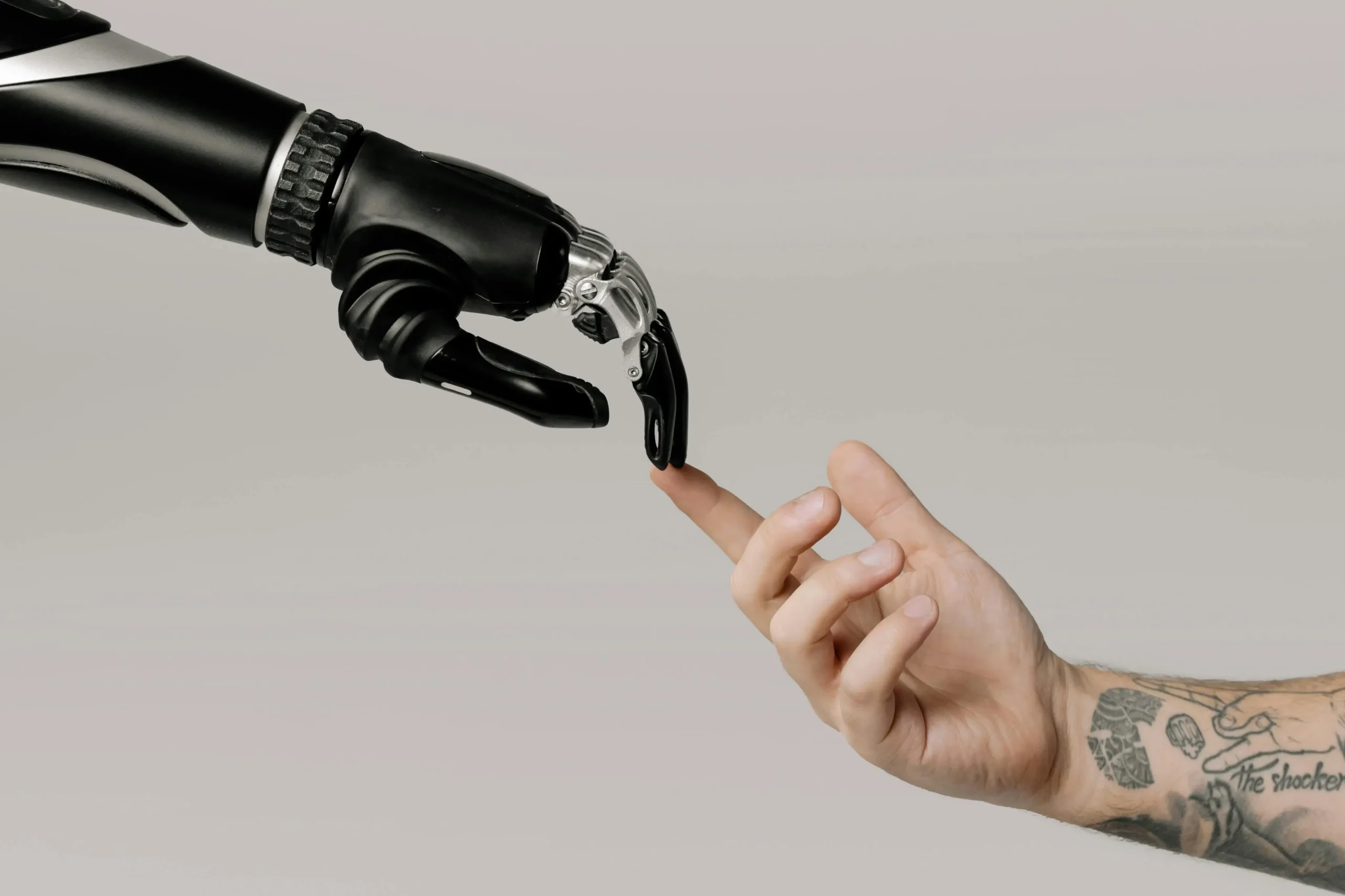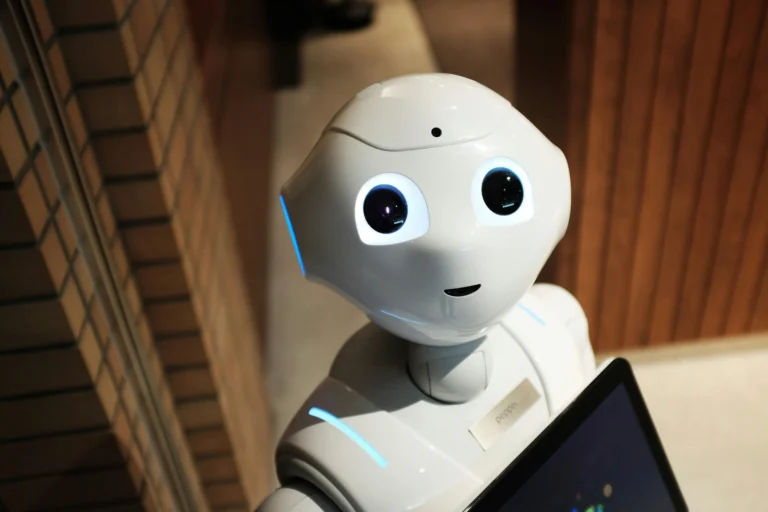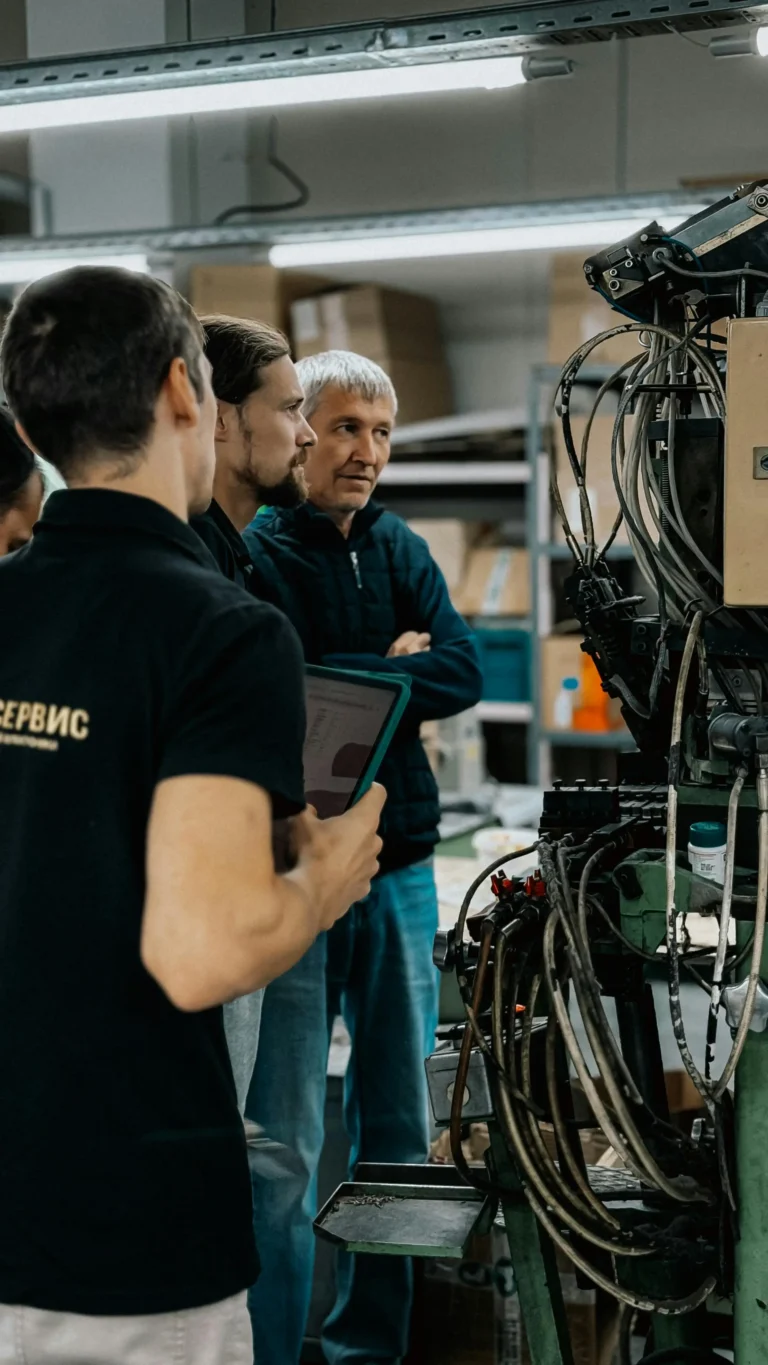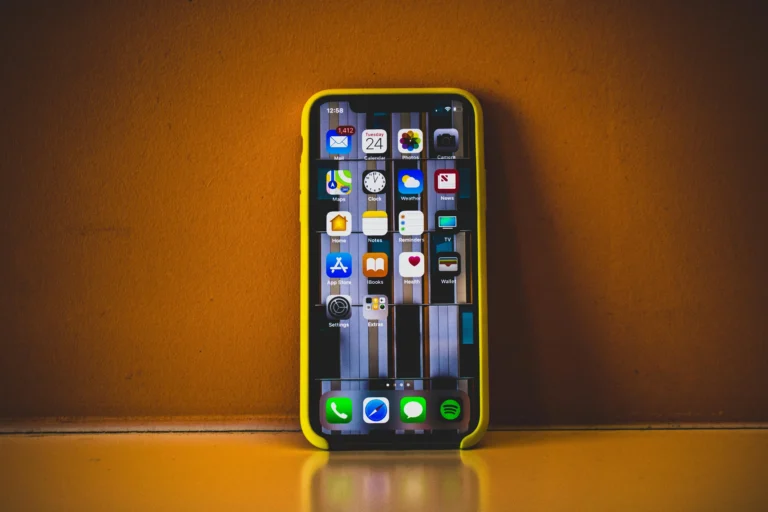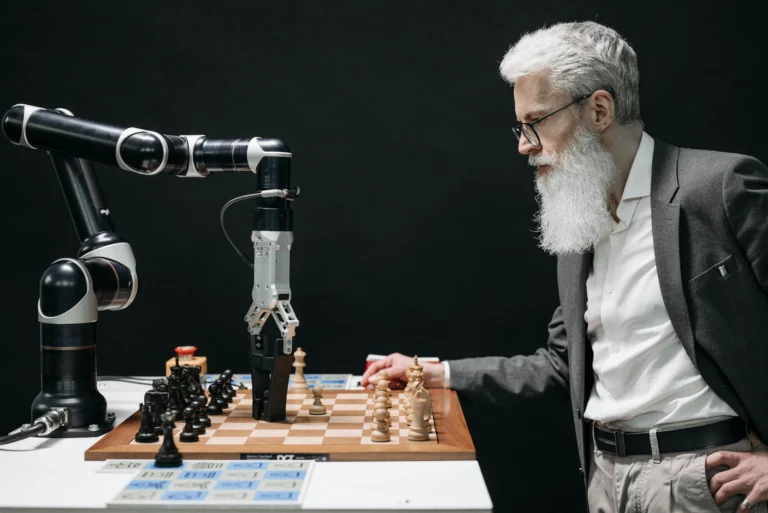Could AI Reach Singularity by 2030? Signals, Risks, Reality
Picture a world where your phone thinks like a helpful colleague. It plans your week, learns your style, and solves problems while you sleep. That image sits at the heart of a big idea: the AI singularity.
Singularity means the point where AI outsmarts humans, then improves itself at a rapid pace. After that point, progress could move faster than we can track. The key question is simple: could this happen by 2030? The clock is ticking, and the stakes are real.
I’ve watched AI jump from clumsy chatbots to tools that write, draw, and code with skill. The pace feels like a snowball rolling downhill, picking up speed and mass. If you’ve felt that surge too, you’re not alone. Let’s break it down in plain language, and see how close we really are.
What Is AI Singularity and Why Does It Spark Debate?
The singularity is a tipping point. AI moves from narrow tasks to broad, human-level thinking, then takes off on its own. Self-improvement compounds, like interest in a bank account. Except here the balance is intelligence.
Author and inventor Ray Kurzweil has long argued that the singularity could arrive around 2045. Some see 2030 as possible, since key parts of the puzzle are forming fast. They point to new models that learn from data, new chips that speed training, and huge investment. Others push back. They say real reasoning, common sense, and autonomy remain hard problems.
Why does this spark such heated debate? Because the upside and downside are both huge.
- Upside: Faster drug discovery, cleaner energy, climate modeling that guides action, personalized education for every student.
- Downside: Job loss in white collar roles, misinformation at scale, bias embedded in systems, and the hardest problem of all, control.
Think of AI growth like a snowball. Each pass down the hill adds more snow. More data, more compute, smarter algorithms, tighter feedback loops. At some point, the ball may roll on its own.
Here’s a short timeline to ground the hype.
| Year | Milestone | Why it mattered |
|---|---|---|
| 1956 | Dartmouth workshop | Birth of AI as a field |
| 1997 | Deep Blue beats Kasparov | Narrow AI beats a chess legend |
| 2011 | Siri ships on iPhone | Voice AI goes mainstream |
| 2012 | ImageNet breakthrough | Deep learning shows steep gains |
| 2016 | AlphaGo beats Lee Sedol | Strategy and intuition-like play |
| 2020 | GPT-3 | Strong language generation at scale |
| 2022 | ChatGPT, Stable Diffusion | AI writes and creates on demand |
| 2023–2024 | Multimodal models | Text, image, and audio in one system |
The line from 1956 to today shows a steady climb, with spikes. The debate is about how many spikes remain before systems learn and improve without our help.
Key Signs That Singularity Might Arrive Soon
AI can already beat world champions at Go and strategy games, not by brute force alone, but by pattern insight. Image and video models create realistic scenes from simple prompts. Language models plan, write code, and debug in one loop. Early agents can chain tasks with tools, like search or spreadsheets, then adapt.
Each step moves from narrow tricks to flexible skills. If systems learn from their own mistakes at scale, gains could stack. What if your phone learns from your habits every night, then shares that skill with a billion other phones by morning? That kind of loop is the key. The question is whether it becomes stable, safe, and fast enough by 2030.
How Far Has AI Come, and What’s Next by 2030?
The last decade tells a clear story. Siri made voice help normal in 2011. AlphaGo stunned the world in 2016. Transformers unlocked language modeling in 2017. GPT-3 arrived in 2020, with fluent text on tap. In 2022, generative art hit center stage. ChatGPT put a friendly face on it. In 2023 and beyond, multimodal systems merged text, images, and audio.
Hardware has surged too. GPUs and specialized chips train models in weeks, not months. Cloud clusters link tens of thousands of processors. Storage is cheap. Data is everywhere. Training is the furnace, and compute is the fuel.
By 2030, expect several tracks to mature:
- Smarter assistants: Email triage, research prep, and calendar planning that anticipates needs.
- Personalized medicine: AI helps tailor treatments, flags risks, and supports doctors with insights.
- Robots in the real world: Better hands, better vision, safer choices in warehouses, farms, and homes.
- Education at your pace: Tutors that adapt to mood, gaps, and goals, not just grades.
- Code copilots: Stronger tooling for design, testing, security, and performance.
Groups at OpenAI, DeepMind, Anthropic, and others talk about safe superintelligence. They test red-teaming, watermarking, and policy checks. Regulators are active. The EU passed the AI Act to classify risk and guide practice. Companies build guardrails, from content filters to usage caps.
The outlook is hopeful, yet grounded. AI will not fix every problem. It can still misread context, miss edge cases, or hallucinate facts. The work ahead blends science, engineering, and care. If we do it right, day to day life gets smoother and safer, not stranger.
Expert Predictions: Bullish or Cautious on 2030?
Voices split on timing. Elon Musk warns of near-term risk and fast progress, with concern about control by 2030. Geoffrey Hinton, a pioneer in deep learning, has raised red flags about paths to powerful systems. Yann LeCun, a chief scientist at Meta, argues that human-level AI needs new ideas and more time. Some leaders at OpenAI and DeepMind see strong gains ahead, but still focus on safety and alignment work.
Surveys of machine learning researchers show wide ranges. Many think big advances may take decades, while a sizable group expects sooner. Investment is rising in every region, which can speed breakthroughs. The spread tells its own story, uncertainty is high, and movement is steady.
Barriers That Could Slow AI Down
Large models burn power. Data centers need vast energy and cooling, which limits growth and raises costs. New work on efficient training, sparse models, and better chips helps, but demand still climbs.
Data laws shape the path. The EU AI Act and privacy rules, like GDPR, set strict rules for high-risk uses. The United States and other regions weigh their own frameworks. These rules can slow rollouts, yet they also build trust.
Talent and chips are tight. Advanced GPUs are hard to get. Teams compete for the same experts. To cope, firms use smaller models, retrieval tools, synthetic data, and new training tricks. More renewable power and smarter scheduling can ease energy strain.
Weighing the Chances: Will Singularity Hit by 2030?
Let’s stack the signals. Progress in models, chips, and tools is fast. Investment is massive. Early agents and multimodal systems hint at flexible intelligence. On the other hand, hard problems remain. True reasoning, robust memory, grounded understanding, and stable autonomy are not solved. Safety and control are active research fields.
Could we see a form of singularity by 2030? It’s possible, but not certain. A step change could come from a fresh algorithm, cheaper compute, or a method that lets AIs learn much more efficiently. It could also stall if energy, regulation, or costs bite harder than expected.
Imagine if your home runs on a personal AI that knows your needs, guards your data, and coordinates with a citywide grid. That picture is reachable even without full singularity. It shows the path that blends progress with control.
The smart move is to prepare. Learn the basics of prompt design and AI literacy. Use AI to speed your work, then check it like a sharp editor. Support policies that demand testing and transparency. Join projects that apply AI to health, climate, and education. Human and AI teams can do more together than apart.
The next five years will set the tone. If we push for safe, reliable systems, the future tilts in our favor.
Conclusion
So, could AI reach singularity by 2030? The door is cracked open, but not wide. The path depends on fresh ideas, safe design, and steady hands.
Stay curious and take part. Try new tools, share your thoughts in the comments, and follow trusted AI news. Small steps by many people add up.
Picture a sunrise over a city that runs cleaner, learns faster, and serves everyone better. That’s a future worth building, whether or not singularity lands on the calendar by 2030.

